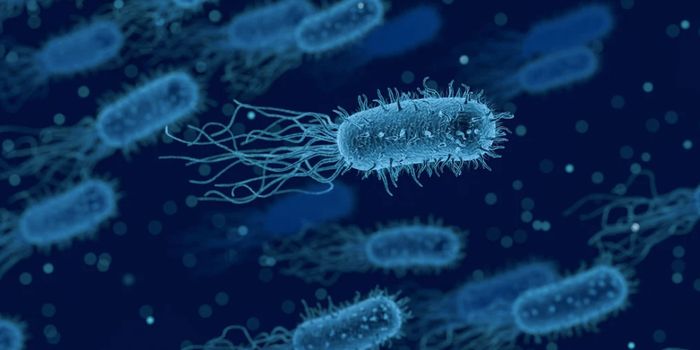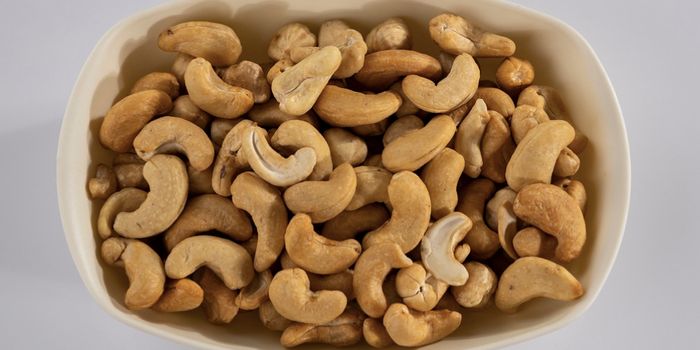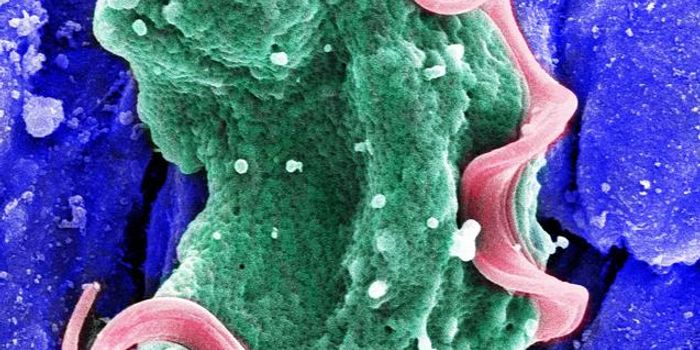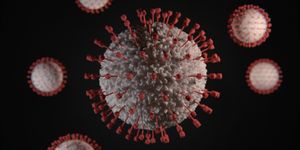Did Longer Days Help Fuel the Growth of Life on Earth?
Our atmosphere is about 20 percent oxygen, which life on our planet needs to survive. It's thought that billions of years ago, photosynthesizing bacteria generated that oxygen, slowly turning Earth into an environment that animals would be able to inhabit. But researchers are still learning about the details of that transformation. “We do not fully understand why it took so long and what factors controlled Earth’s oxygenation,“ said geomicrobiologist Judith Klatt of the Max Planck Institute for Marine Microbiology in Bremen, Germany. “But when studying mats of cyanobacteria in the Middle Island Sinkhole in Lake Huron in Michigan, which live under conditions resembling early Earth, I had an idea.”
In the Middle Island Sinkhole, groundwater seeps out of the bottom of Lake Huron, and the water there has very low oxygen levels. The life in that extreme environment is mostly microbial, and researchers used it as a model to study what might have happened all those years ago. There are two types of bacteria living there: purple cyanobacteria, which generate oxygen, and white bacteria that metabolize sulfur.
Throughout the day, a cycle plays out: at dusk, mats of the sulfur-loving bacteria sit on top of the cyanobacteria, preventing them from accessing sunlight. Once the sun is out, the sulfur-consuming bacteria move downwards and the cyanobacteria mats rise up, so they can begin to photosynthesize and generate oxygen, explained Klatt. “However, it takes a few hours before they really get going, there is a long lag in the morning. The cyanobacteria are rather late risers than morning persons, it seems.”
This limits the amount of time the cyanobacteria have to produce oxygen to a few hours per day. Brian Arbic, a physical oceanographer at the University of Michigan, learned about the process and wondered whether it meant “that changing daylength would have impacted photosynthesis over Earth’s history.”
Days on Earth haven't always been 24 hours long. “When the Earth-Moon system formed, days were much shorter, possibly even as short as six hours,” Arbic explained. The gravitational pull of the moon and tidal friction are thought to have lengthened days along with a potential slowdown in the rotation of the Earth. Oxygen levels on the planet are thought by some to have fluctuated along with changes in the speed of the planets rotation.
Klatt saw similarities between the patterns of these events, and was intrigued by a potential connection. “I realized that daylength and oxygen release from microbial mats are related by a very basic and fundamental concept: During short days, there is less time for gradients to develop and thus less oxygen can escape the mats,” Klatt suggested.
For this study, which was reported in Nature Geoscience, Klatt and colleagues created computational tools to investigate the link between the release of oxygen from bacterial mats and sunlight cycles. The work indicated that a sunlight-dependent release of oxygen might have raised global oxygen levels.
”We tie together laws of physics operating at vastly different scales, from molecular diffusion to planetary mechanics. We show that there is a fundamental link between daylength and how much oxygen can be released by ground-dwelling microbes,” said study co-author Arjun Chennu, now a group leader at the Leibniz Centre for Tropical Marine Research (ZMT). “It’s pretty exciting. This way we link the dance of the molecules in the microbial mat to the dance of our planet and it’s Moon.”
There are thought to have been two significant oxygenation events in our planet's history, which may have both been connected to an increase in the length of daytime.
Sources: AAAS/Eurekalert! via Max-Planck-Gesellschaft, Nature Geoscience









